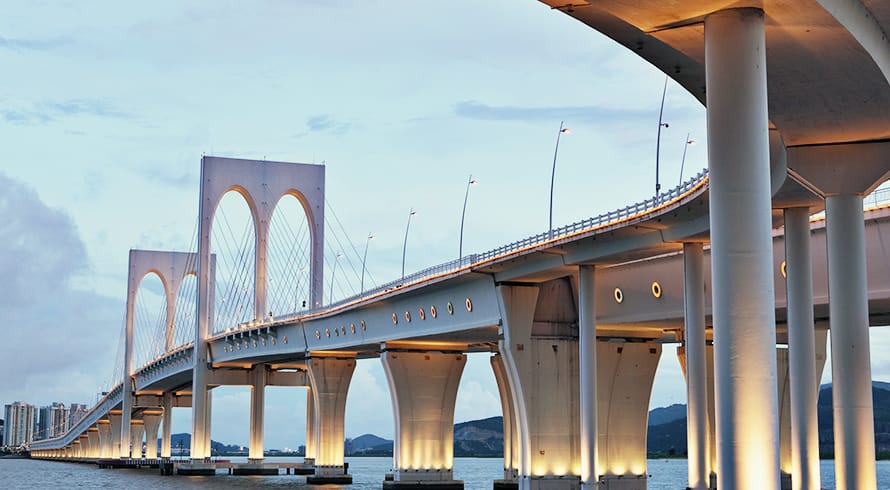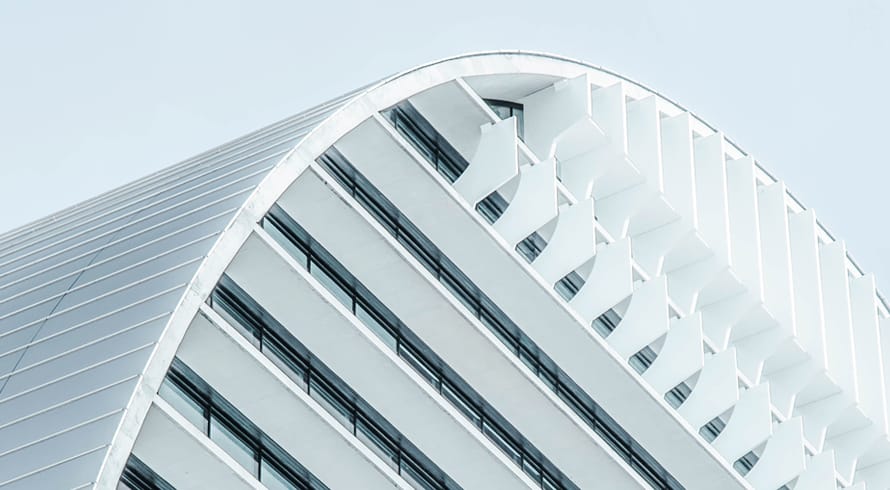A (quin)tessential consideration for the commercial property sector: Section 13quin of the Income Tax Act
Where a person decides to purchase or acquire commercial immovable property, a factor which should be taken into account when assessing the costs of the purchase, is the tax deductions or allowances that may be available. In this regard, a potential purchaser of commercial property should take note of s13quin of the Income Tax Act, No 58 of 1962 along with Interpretation Note 107 (IN107), which was issued by the South African Revenue Service (SARS) during December 2018.
In terms of s13quin, provided certain requirements are met, a person may claim an allowance on part of the costs of new and unused commercial buildings or improvements to such buildings. IN107 provides some insight into SARS’s interpretation of this provision and explains how the allowance available under this section operates.
Ordinarily, only taxpayers for whom commercial buildings constitute revenue assets (i.e. taxpayers that in the normal course of business acquire and trade in commercial buildings) would be allowed to deduct attendant purchase, construction and improvement costs.
Basic requirements to claim s13quin allowance
The basic requirements to claim an allowance under s13quin are the following:
- The contract for construction, purchase or improvement must have been concluded after 1 April 2007;
- Costs relate to a new and unused commercial building or improvement;
- The building or improvement is owned by the taxpayer; and
- The building is wholly or mainly being used for trade in the year of assessment.
Commercial Building
The s13quin allowance is restricted to commercial buildings and improvements thereto. IN107 defines buildings as substantial structures of a relatively permanent nature consisting of walls, a roof and necessary appurtenances. It further states that the allowance is not available for all the immovable assets that would be covered by the broader concept of commercial property.
In discussing the meaning of “commercial building” within the context of s13quin, IN107 refers to the decision in ITC 1007 (1962) 25 SATC 251 (N), where it was held that a hotel swimming pool and surrounds that were detached from the hotel itself did not constitute a building within the meaning of s13quin. One should note that in the same decision, the court stated that a swimming pool that was part of the building may have fallen within the parameters of the section. This would be the case if, for example, such swimming pool was built into the rooftop of the hotel and therefore physically part of the permanent structure.
New and Unused
For s13quin to apply, the buildings or improvements must be both new and unused. IN107 states that “new” must be taken to mean recently constructed and “unused” means that the building was not previously used by any person for any purpose. IN107 further states that whether a building is “new and unused” depends on the facts of the case and must be determined at the point where the taxpayer becomes the owner of the building or improvement. According to IN107, where the building is purchased, the s13quin allowance is still available to the purchaser, provided that it is new and unused from the perspective of the purchaser.
Even where a building is no longer new or unused, any new and unused improvements to its physical structure will qualify for a s13quin allowance. According to IN107, an improvement has been held to be an extension, addition, improvement that is physically attached to, connected or structurally integrated with the building.
Value of the allowance
The s13quin allowance is limited to 5% of the lower of the actual cost to the taxpayer, or the cost that would have been incurred by the taxpayer in an arm’s length transaction. The allowance is also limited by any deductions or allowances available regarding the same expenditure.
Importantly, where only part of a new and unused building is acquired by the taxpayer without the taxpayer having erected or constructed that part, the acquisition cost for the purposes of s13quin is deemed to be 55% of the acquisition price of the part of the building acquired. In the case of an improvement being acquired, the acquisition cost for the purposes of s13quin is deemed to be 30% of the acquisition price. IN107 explains that the purpose of the 55% limitations is to ensure that the allowance is not calculated on the cost of the land, which would be included in the acquisition price of the building purchased.
Wholly or mainly used for trade
A valuable feature of the s13quin allowance is that it is potentially available for past years of assessment where the taxpayer’s income for the trade conducted out of the building was exempt, provided the building or improvement has not been disposed of subsequently.
Comment
Section 13quin, in the present high risk and unpredictable economic environment, provides some welcome tax relief for those persons who are in the business of building and creating new commercial infrastructure in South Africa. The section is helpful for taxpayers who build or buy new and unused commercial buildings in circumstances where they would ordinarily not be allowed a deduction.
The information and material published on this website is provided for general purposes only and does not constitute legal advice. We make every effort to ensure that the content is updated regularly and to offer the most current and accurate information. Please consult one of our lawyers on any specific legal problem or matter. We accept no responsibility for any loss or damage, whether direct or consequential, which may arise from reliance on the information contained in these pages. Please refer to our full terms and conditions. Copyright © 2024 Cliffe Dekker Hofmeyr. All rights reserved. For permission to reproduce an article or publication, please contact us cliffedekkerhofmeyr@cdhlegal.com.
Subscribe
We support our clients’ strategic and operational needs by offering innovative, integrated and high quality thought leadership. To stay up to date on the latest legal developments that may potentially impact your business, subscribe to our alerts, seminar and webinar invitations.
Subscribe




